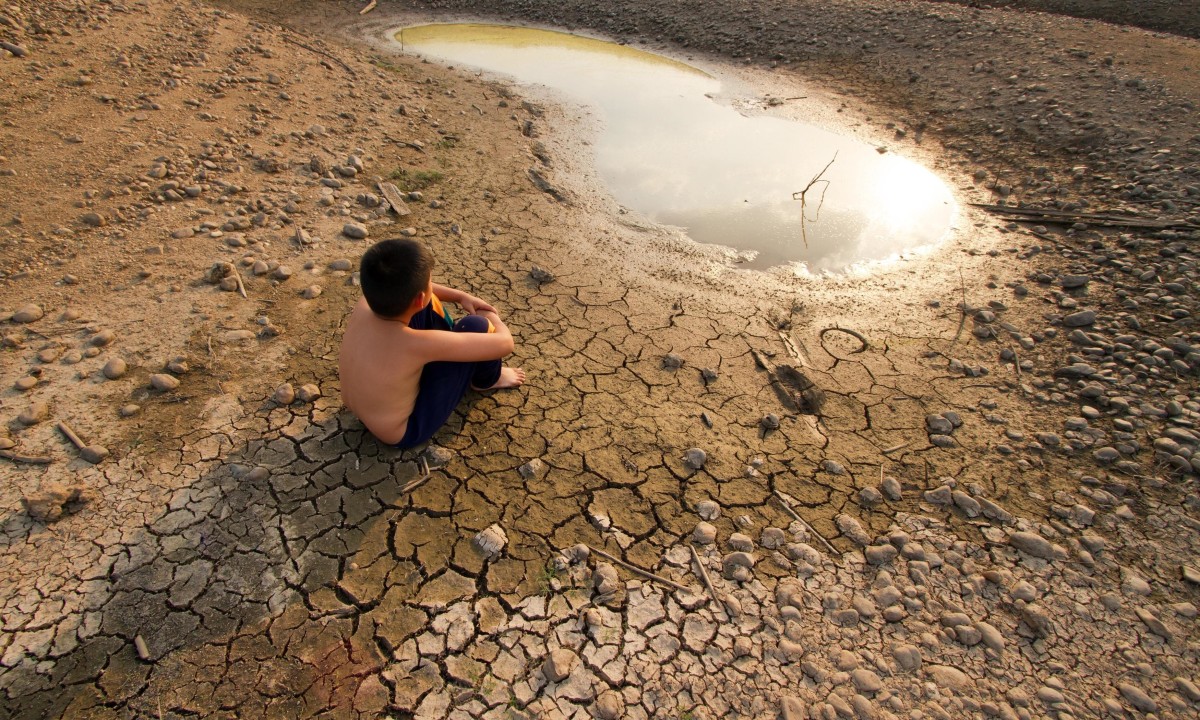As Pakistan prepares for the Kharif (Autumn) crop season, an alarming water shortage has forced authorities to limit water supply exclusively for drinking purposes throughout April.
As per media reports, the Indus River System Authority (IRSA) held an advisory committee meeting on Wednesday, deciding to reassess the situation in May before making further allocations.
Officials have warned that dams are drying up, river flows are declining, and mountain snow reserves are insufficient to sustain water supply. The committee highlighted that runoff stations face a 51% water shortfall, which has exceeded 60% at provincial canal heads.
This critical situation has prompted IRSA to modify its traditional three-phase water allocation strategy, now opting for monthly reviews to manage the crisis. For April, the committee approved a 43% system shortfall, which may further increase if conditions do not improve.
According to the Meteorological Department, both northern and southern regions of the country have experienced below-average rainfall and above-normal temperatures. Snowfall in the Indus and Jhelum basins was recorded at 31% below normal, leading to a significant decline in river inflows.
Punjab and Sindh have agreed on a one-month water distribution plan, but Sindh has raised objections to the three-tier allocation formula, demanding that water shares be calculated under Clause 2 of the Water Accord. If Sindh’s demand is met, the province could face a 55% water shortage in April.
This water crisis comes at a crucial time as Kharif (Autumn) crops, including rice, sugarcane, cotton, maize, and pulses, rely heavily on irrigation from April to September. Agricultural experts have warned that if the situation does not improve, it could have catastrophic effects on the farming sector.
The wheat crop is already at risk due to lower snowfall, which traditionally provides much-needed water. Rain-dependent wheat crops are suffering, and canal-fed wheat fields are also showing signs of distress due to the drought-like conditions.
Experts suggest that the situation may improve in May or June when glaciers begin to melt, increasing water availability. However, concerns remain high, as mustard and chickpea crops have also been severely impacted.
The Meteorological Department has issued a drought alert, warning that Pakistan has received 40% less rainfall between September 2024 and March 2025. Sindh and Balochistan recorded 62% and 52% lower rainfall than usual, while Punjab and Khyber Pakhtunkhwa experienced 38% and 35% below-average rainfall, respectively.
Some regions in southern Pakistan have now faced over 200 consecutive dry days, raising fears that conditions could deteriorate further.
With Mangla and Tarbela reservoirs running dangerously low and March temperatures exceeding normal levels by 2-3 degrees Celsius, the country’s water crisis demands immediate attention. The government now confronts a challenging task to guarantee agricultural sustainability and water security in the upcoming months.






